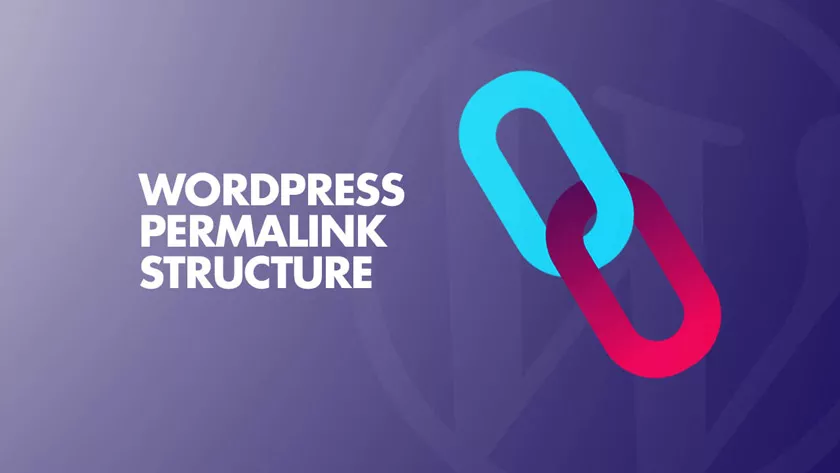Below we will provide tips and guidance regarding the correct permalink structure for SEO needs on WordPress-based websites.

Best WordPress Permalink Structure for SEO
When considering the important aspects of SEO of any site, permalinks play a major role in overall optimization. Permalinks are permanent links to your pages and posts, and do not change over time.
For those who don’t understand, below we will explain what permalinks are and how to change them on WordPress-based websites.
What is Permalink?
Permalink is the web address of posts and pages on your site, which also stands forPermanent Link, aka Permanent Link.
As can be seen above, by default the permalinks of posts and web pages in WordPress use the suffix ”/?p=123” where the number 123 will later change according to your post and page number.
The default permalink structure is very unhelpful and not SEO-friendly. New bloggers just use default permalinks without knowing this.
Recommended permalink structure for SEO
One of the most important on-page SEO factors is having keywords in your URL (permalink).
As can be seen, or if you look at all the URL/link structures on the Asaljeplak website, almost all of them use thePost name option, and that is indeed the most recommended and effective for your website’s SEO.
The reason why this structure is highly recommended is because the permalink structure provides information about the content via links to readers/visitors, without any other frills.
But this structure is not a fixed price for SEO effectiveness on your website, some experts also suggest using Categories in permalinks which is also good, but only when your category names are short and meaningful, and you don’t use multiple categories per post.
If you have a news website where the content is easily “out of date”, you can use the Day and Name / Month Name in the URL structure.
Permalink Tips for SEO needs
Some tips for using permalinks for SEO on your website are as follows:
- Use simple permalinks (domain.com/postname)
- Prefer dash ( – ) over underscore ( _ )
- Use keywords in your permalink
- Simplify and shorten the sentences in the URL, but still include keywords.
- Never change permalinks after publishing, but if you must, use the 301 redirection method from the old URL to the new URL using .htaccess or a WordPress plugin.
- If you have a large site, avoid changing your permalinks unless it is absolutely unavoidable, as such changes can have a negative impact on your site traffic.
If you change the permalink structure of an existing site then make sure that you set-up some redirection for your original link so that the old url will redirect to the new link with the new name.
For 301 redirection you can use the Redirectionplugin (which is also used by Asaljeplak) or Advanced Permalinks for WordPress.
